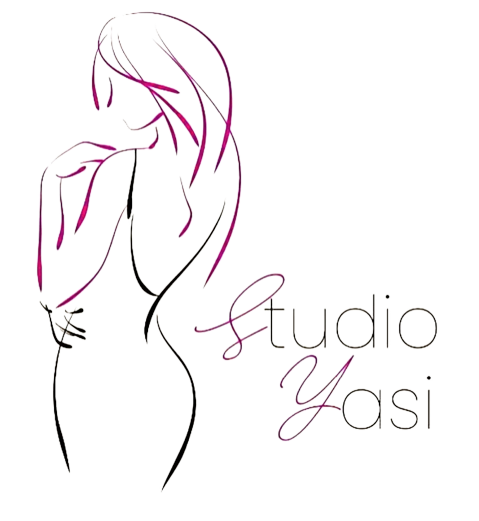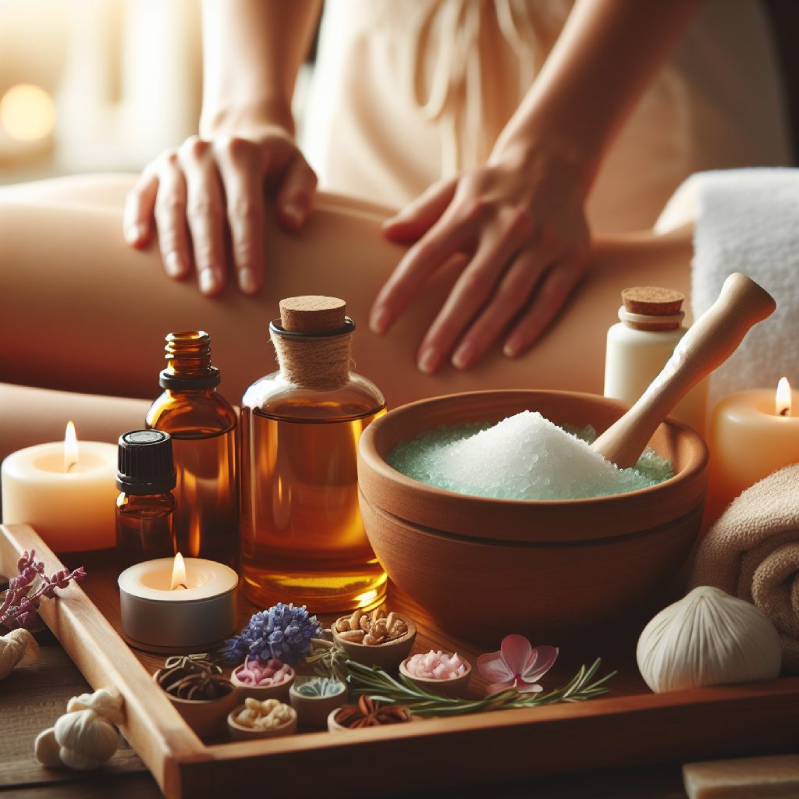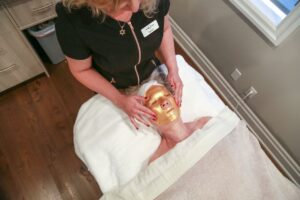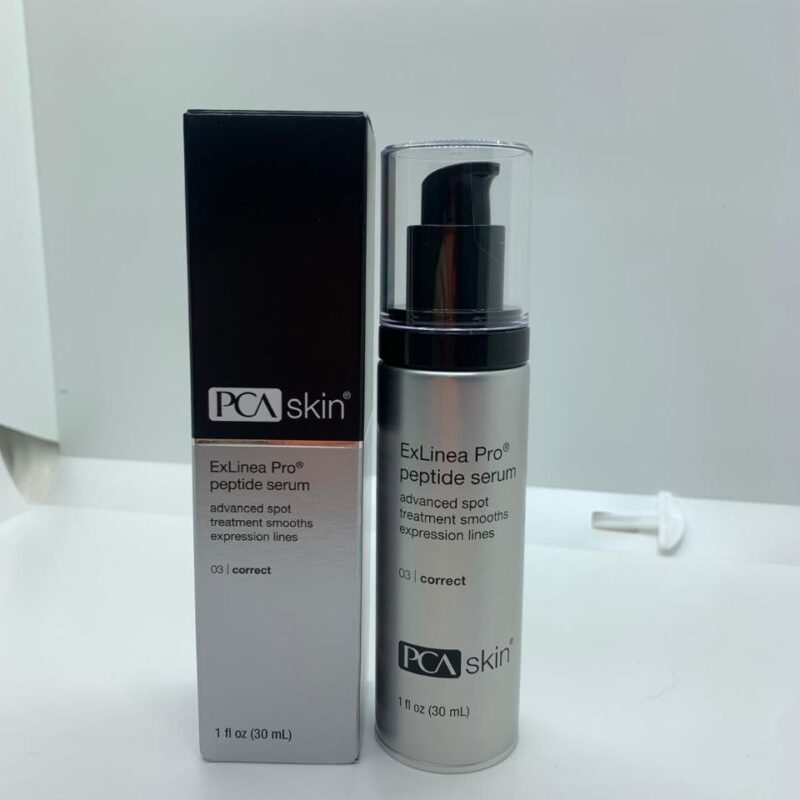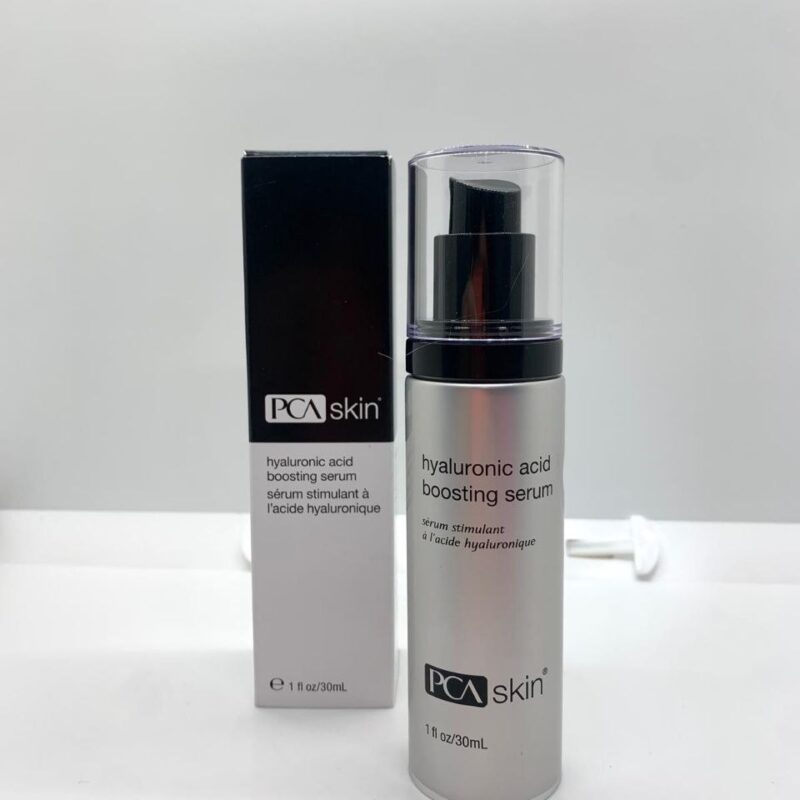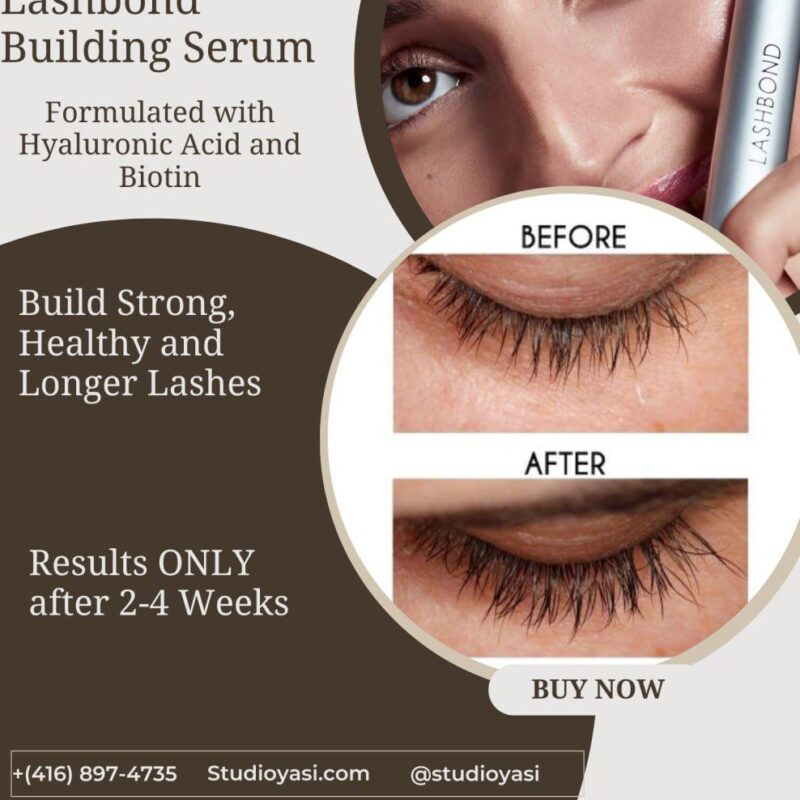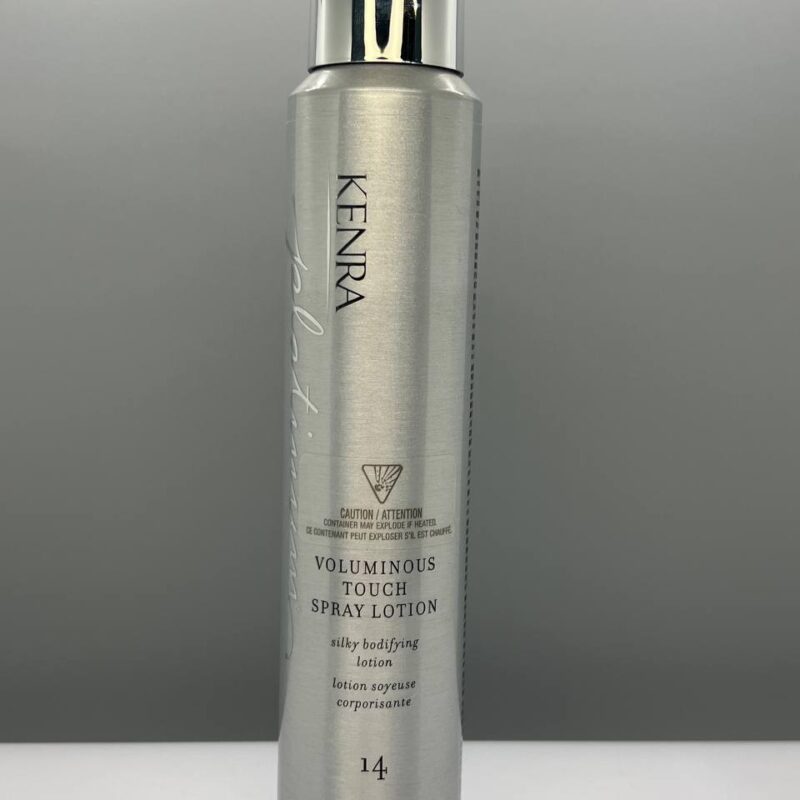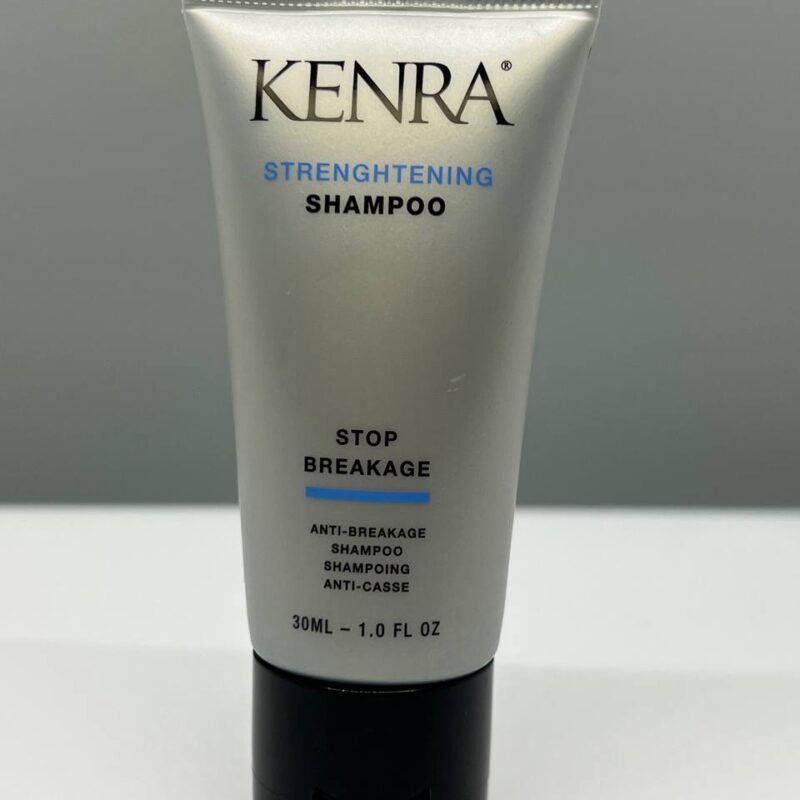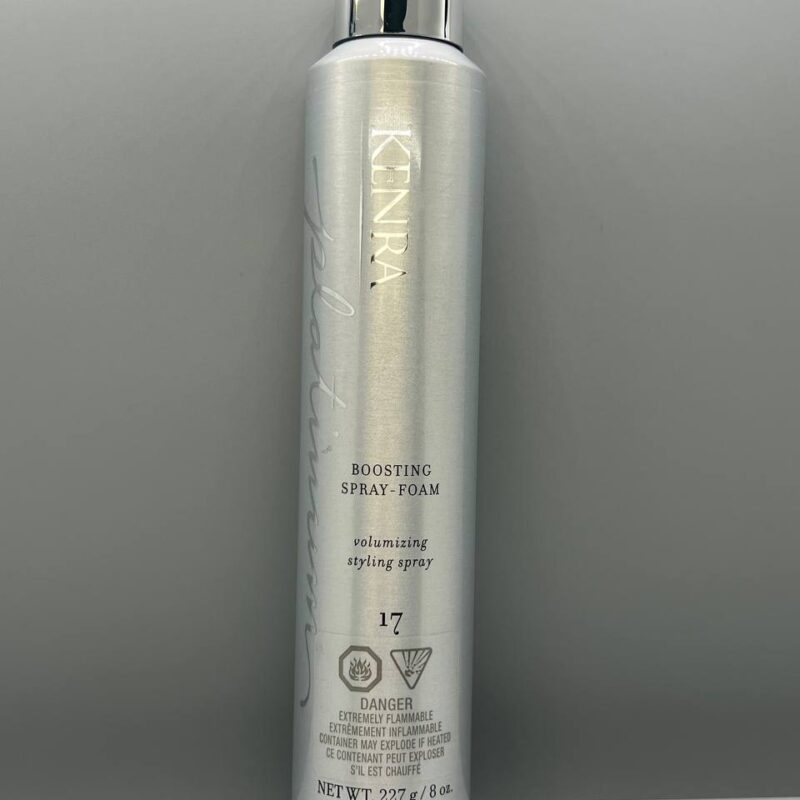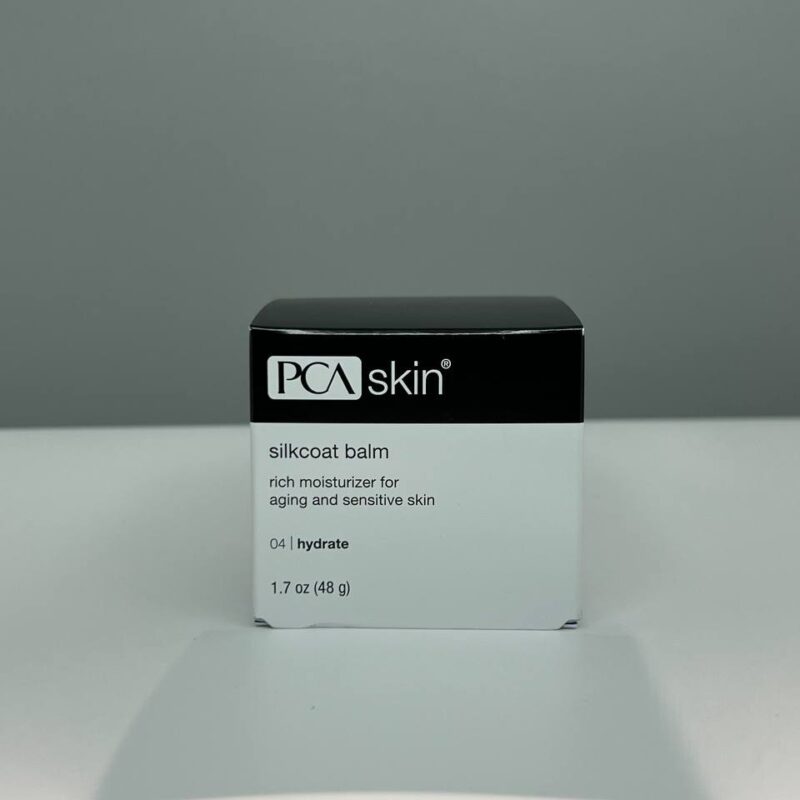Massages are therapeutic practices that involve the manipulation of soft tissues in the body to promote relaxation, relieve tension, and enhance overall well-being. The history of massages dates back thousands of years, with various cultures developing their unique techniques and approaches.
Massage therapy typically involves the use of hands, fingers, elbows, or specialized tools to apply pressure and manipulate muscles, tendons, ligaments, and other soft tissues. There are numerous massage styles and techniques, each with its own specific benefits and purposes. Some common types of massages include Swedish massage, deep tissue massage, Shiatsu, Thai massage, and sports massage.
What is massage therapy?
Massage therapy is a type of complementary and alternative medicine (CAM) that involves manipulating the soft tissues of the body to improve health and well-being. Massage therapists use their hands, fingers, elbows, knees, forearms, or feet to apply pressure and manipulate muscles, tendons, ligaments, and connective tissues. There are many different types of massage therapies, each with its own unique techniques and goals.
Types of massage and their benefits
There are many different types of massage therapy, each with its own unique techniques and goals. Some of the most common types of massage therapy include:
1. Hot stone massage
A hot stone massage is a type of massage therapy that incorporates heated stones into the massage techniques. The stones are typically made of basalt, a type of volcanic rock that is known for its ability to hold heat. The heat from the stones is thought to promote relaxation, reduce pain, and improve circulation.
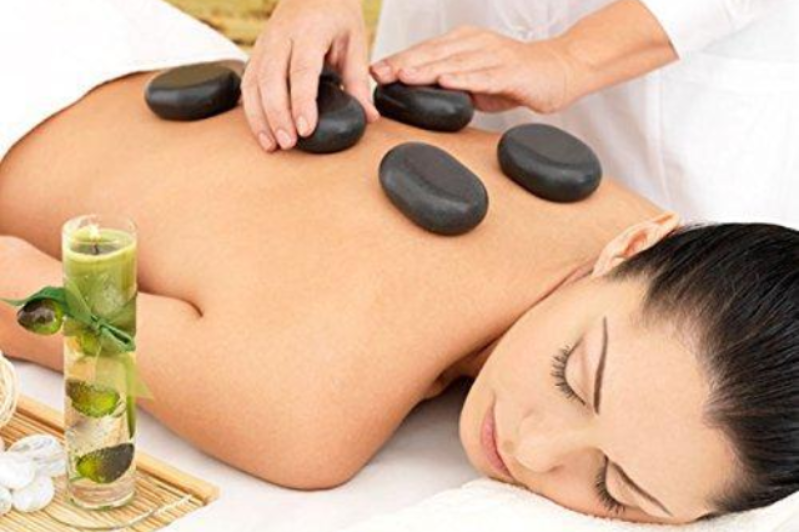
Benefits of hot stone massage
There are many potential benefits to hot stone massage. Some of the most common benefits include:
- Reduces muscle tension and pain: The heat from the stones can help to relax muscles and reduce tension, which can be helpful for people with chronic pain conditions or muscle soreness.
- Promotes relaxation: The combination of massage and heat can help to promote deep relaxation and reduce stress.
- Improves sleep quality: Hot stone massage can help to improve sleep quality by reducing stress, relaxing muscles, and promoting relaxation.
- Improves circulation: The heat from the stones can help to improve circulation, which can bring more oxygen and nutrients to muscles and tissues. This can help to reduce pain and inflammation.
- Boosts the immune system: Some studies have shown that hot stone massage may help to boost the immune system.
Modern techniques in waxing and sugaring
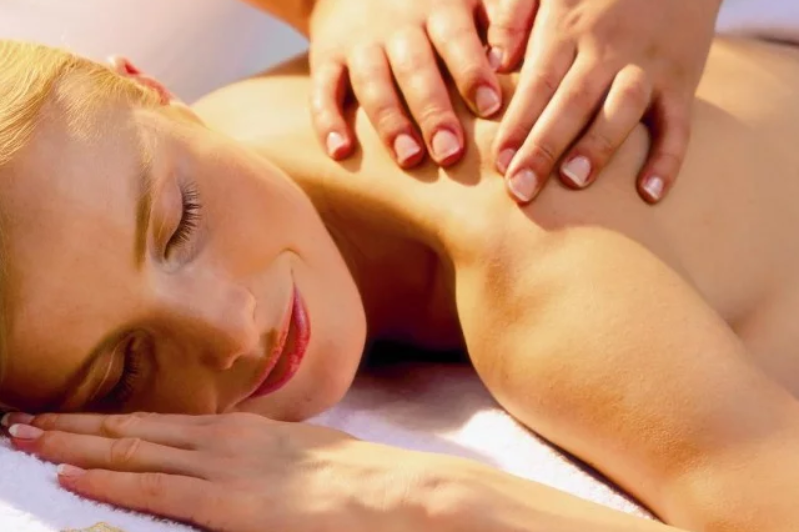
Who should get a hot stone massage?
Hot stone massage is generally safe for most people. However, it is important to talk to your doctor before getting a massage if you have any concerns about your health. Some people who may want to avoid hot stone massage include:
- People with certain medical conditions, such as heart disease, high blood pressure, or diabetes
- People with skin conditions, such as eczema or psoriasis
- People who are pregnant or have just given birth
- People who have recently had surgery
2. Swedish massage
Swedish massage is a type of massage therapy that uses long, gliding strokes, kneading, and tapping to relax the muscles, improve circulation, and promote overall well-being. It is the most common type of massage therapy in the United States.

Benefits of Swedish massage
- Swedish massage has been shown to have a number of potential benefits for both physical and mental health. Some of the potential benefits of Swedish massage include:
- Reduces stress and anxiety: Swedish massage can help to reduce stress hormones and promote relaxation by stimulating the parasympathetic nervous system. This can lead to a number of benefits, such as improved sleep, reduced anxiety, and lower blood pressure.
- Improves circulation: Swedish massage can help to improve circulation by increasing blood flow to the muscles and tissues. This can help to reduce pain, improve muscle function, and reduce inflammation.
- Increases flexibility: Swedish massage can help to increase flexibility by stretching the muscles and tendons. This can be helpful for people who are stiff or sore, as well as for athletes who want to improve their performance.
- Reduces pain: Swedish massage can help to reduce pain by breaking up scar tissue and adhesions, and by stimulating the release of endorphins. This can be helpful for people with chronic pain conditions, such as back pain or arthritis.
- Improves mood: Swedish massage can help to improve mood by reducing stress, anxiety, and depression. This can be helpful for people who are feeling stressed or overwhelmed, as well as for people who are suffering from mood disorders.
Who should get a Swedish massage?
Swedish massage is generally safe for most people. However, there are some people who should avoid massage therapy, such as people with certain medical conditions, cancer, heart disease, or blood clots. It is important to talk to your doctor before getting a massage if you have any concerns about your health.
3. Aromatherapy massage
Aromatherapy massage is a type of massage therapy that combines the benefits of massage with the therapeutic effects of essential oils. Essential oils are concentrated plant extracts that are believed to have a variety of physical and emotional benefits.
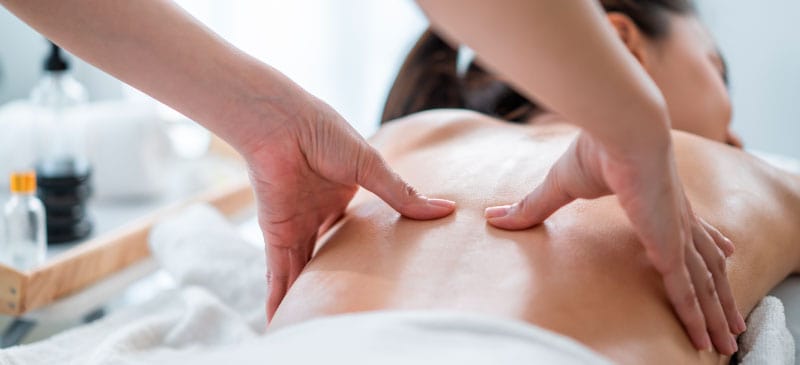
How aromatherapy massage works
During an aromatherapy massage, the massage therapist will apply essential oils to your skin. The oils can be applied directly to the skin, mixed with a carrier oil, or diffused into the air. The therapist will then use massage techniques to help the oils penetrate the skin and enter the bloodstream.
10 simple tips to take care of dry hair
Benefits of aromatherapy massage
Aromatherapy massage can offer a number of benefits, including:
- Reduced stress and anxiety: The calming and relaxing properties of essential oils can help to reduce stress and anxiety.
- Improved sleep: Aromatherapy massage can promote better sleep by relaxing the body and mind.
- Reduced pain: Essential oils may help to reduce pain by stimulating the release of endorphins, which are natural painkillers.
- Improved mood: The uplifting and invigorating properties of essential oils can help to improve mood and reduce symptoms of depression.
- Increased circulation: Essential oils may help to improve circulation by dilating blood vessels.
- Enhanced relaxation: Aromatherapy massage can help to promote deep relaxation by stimulating the parasympathetic nervous system.
Types of essential oils used in aromatherapy massage
There are many different essential oils that can be used in aromatherapy massage. Some of the most common oils include:
- Lavender: Lavender is known for its calming and relaxing properties.
- Eucalyptus: Eucalyptus is known for its invigorating and refreshing properties.
- Peppermint: Peppermint is known for its stimulating and energizing properties.
- Roman chamomile: Roman chamomile is known for its calming and soothing properties.
- Geranium: Geranium is known for its balancing and uplifting properties.
Laser Hair Removal vs. Electrolysis | Which is better and differences?
4. Deep tissue massage
Deep tissue massage is a type of massage therapy that uses deep, firm pressure to target the deeper layers of muscles and connective tissues. It is a more intense type of massage than Swedish massage, and it is typically used to treat chronic pain, muscle tension, and injuries.
How deep tissue massage works
The therapist will use a variety of techniques to apply deep pressure to the muscles and connective tissues. These techniques may include:
- Kneading: This technique involves using the therapist’s hands or elbows to apply deep pressure to the muscles.
- Friction: This technique involves using the therapist’s fingers to apply deep pressure to the muscles and connective tissues.
- Rolling: This technique involves using the therapist’s hands to apply deep pressure to the muscles and connective tissues.
- Plucking: This technique involves using the therapist’s fingers to apply deep pressure to the muscles and connective tissues.
Benefits of deep tissue massage
Deep tissue massage can offer a number of benefits, including:
- Reduced muscle tension: Deep tissue massage can help to reduce muscle tension by breaking up scar tissue and adhesions.
- Improved flexibility: Deep tissue massage can help to improve flexibility by stretching the muscles and connective tissues.
- Reduced pain: Deep tissue massage can help to reduce pain by releasing endorphins, which are natural painkillers.
- Increased blood flow: Deep tissue massage can help to increase blood flow to the muscles and tissues, which can help to reduce inflammation and pain.
- Improved circulation: Deep tissue massage can help to improve circulation by dilating blood vessels.
What is eyebrow threading | best eyebrow threading in Bradford
5. Thai massage
Thai massage, also known as Nuad Thai or Thai Yoga Massage, is a traditional massage technique that originated in Thailand. It combines acupressure, yoga-like stretching, and passive joint movements to release tension and improve flexibility.
How Thai massage works
Thai massage is typically performed on a mat on the floor with the client clothed. The massage therapist will use their hands, elbows, forearms, and feet to apply pressure to the body’s energy lines, called “sen.” They will also use a variety of stretching and passive joint movements to improve flexibility and range of motion.

Benefits of Thai massage
Thai massage has been shown to be effective for a variety of conditions, including:
- Stress and anxiety: Thai massage can help to reduce stress and anxiety by promoting relaxation and releasing endorphins.
- Pain: Thai massage can help to relieve pain by releasing muscle tension and improving circulation.
- Muscle stiffness and soreness: Thai massage can help to relieve muscle stiffness and soreness by improving flexibility and range of motion.
- Posture: Thai massage can help to improve posture by correcting imbalances in the muscles and joints.
- Circulation: Thai massage can help to improve circulation by stimulating the flow of blood and lymph.
- Sleep: Thai massage can help to improve sleep by promoting relaxation and reducing stress.
White hair removal by electrolysis
Who should get Thai massage
Thai massage is generally safe for most people. However, it is important to talk to your doctor before getting Thai massage if you have any injuries, fractures, or underlying medical conditions.
Introducing 10 of Summer 2024’s Hairstyle Trends
6. Lymphatic massage
Lymphatic massage is a type of massage therapy that is specifically designed to improve the flow of lymph fluid in the body. The lymphatic system is a network of vessels and tissues that carry lymph fluid throughout the body. Lymph fluid is a clear, colorless fluid that helps to remove toxins and waste products from the body. When the lymphatic system is not working properly, lymph fluid can build up, leading to swelling and inflammation.
How lymphatic massage works
Lymphatic massage is performed using gentle, rhythmic strokes that help to move lymph fluid through the lymphatic system. The therapist will use their hands or specialized tools to apply pressure to specific areas of the body, including the neck, armpits, groin, and abdomen.
Benefits of lymphatic massage
Lymphatic massage has been shown to be effective for a variety of conditions, including:
- Lymphedema: Lymphedema is a condition in which lymph fluid builds up in the arms, legs, or other parts of the body. Lymphatic massage can help to reduce swelling and improve mobility in people with lymphedema.
- Cellulite: Cellulite is a condition that causes the skin to appear lumpy and uneven. Lymphatic massage can help to reduce the appearance of cellulite by improving circulation and reducing inflammation.
- Fatigue: Lymphatic massage can help to improve circulation and reduce inflammation, which can help to reduce fatigue.
- Muscle soreness: Lymphatic massage can help to reduce muscle soreness and stiffness by improving circulation and removing toxins from the muscles.
- Skin health: Lymphatic massage can help to improve skin health by removing toxins and improving circulation.
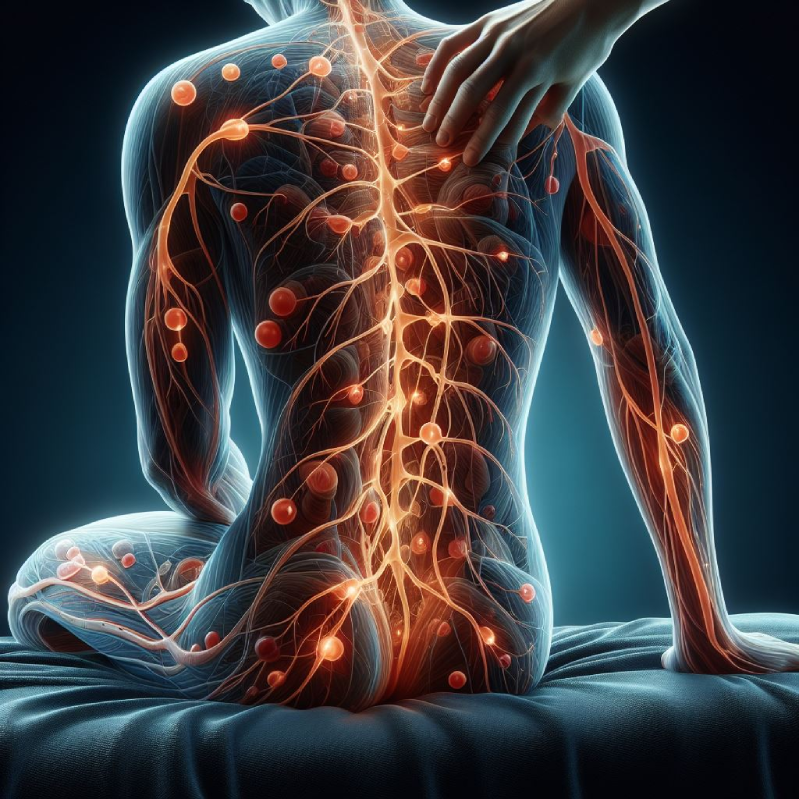
7. Sports massage
Sports massage is a type of massage therapy that is specifically designed to improve athletic performance and recovery. It is a deep tissue massage that is focused on the muscles, tendons, and ligaments that are used in sport. Sports massage can help to:
- Reduce muscle soreness: Sports massage can help to break down scar tissue and adhesions, which can help to reduce muscle soreness and stiffness.
- Improve flexibility: Sports massage can help to improve flexibility by stretching the muscles and tendons.
- Increase range of motion: Sports massage can help to increase range of motion by stretching the muscles and tendons.
- Reduce pain: Sports massage can help to reduce pain by releasing endorphins, which are natural painkillers.
- Improve circulation: Sports massage can help to improve circulation by increasing blood flow to the muscles and tissues.
- Prevent injuries: Sports massage can help to prevent injuries by keeping the muscles, tendons, and ligaments healthy and flexible.
Sports massage is typically performed before, during, and after exercise. Before exercise, a sports massage can help to warm up the muscles and prepare them for activity. During exercise, a sports massage can help to prevent injuries by stretching the muscles and tendons. After exercise, a sports massage can help to reduce muscle soreness and promote recovery.
Ways to remove unwanted hair | Why electrolysis is the best way

Here are some of the benefits of sports massage:
- Improves performance: Sports massage can help to improve athletic performance by reducing muscle soreness, improving flexibility, and increasing range of motion.
- Reduces injury risk: Sports massage can help to reduce the risk of injury by keeping the muscles, tendons, and ligaments healthy and flexible.
- Promotes recovery: Sports massage can help to promote recovery from exercise by reducing muscle soreness and improving circulation.
Here are some tips for getting the most out of your sports massage:
- Find a qualified sports massage therapist: It is important to find a massage therapist who is experienced in sports massage and who has a good understanding of your sport and your individual needs.
- Tell your massage therapist about your goals: Let your massage therapist know what you hope to achieve with your massage. This will help them to tailor the massage to your specific needs.
- Be honest about your pain level: Tell your massage therapist if you are feeling any pain during the massage. They will adjust the pressure accordingly.
- Drink plenty of fluids after your massage: This will help to flush out toxins and promote healing.
8. Trigger point massage
Trigger point massage is a type of massage therapy that focuses on releasing trigger points, which are sensitive spots in muscles that can cause pain and other symptoms. Trigger points can be found throughout the body, but they are most common in the muscles of the back, neck, shoulders, and hips.
How trigger point massage works
Trigger point massage is typically performed using deep pressure, either with the therapist’s fingers or other tools. The therapist will apply pressure to the trigger point until it releases, which can cause a brief increase in pain, followed by a release of tension.
Benefits of trigger point massage
Trigger point massage has been shown to be effective for a variety of conditions, including:
- Muscle pain: Trigger point massage can help to relieve muscle pain by releasing trigger points and reducing muscle tension.
- Headaches: Trigger point massage can help to relieve headaches by releasing trigger points in the neck and shoulders.
- Chronic pain: Trigger point massage can help to relieve chronic pain by releasing trigger points and improving overall muscle function.
- Sleep problems: Trigger point massage can help to improve sleep quality by relieving pain and muscle tension.
Who should get trigger point massage?
Trigger point massage is generally safe for most people. However, it is important to talk to your doctor before getting trigger point massage if you have any medical conditions, such as nerve damage or bleeding disorders.
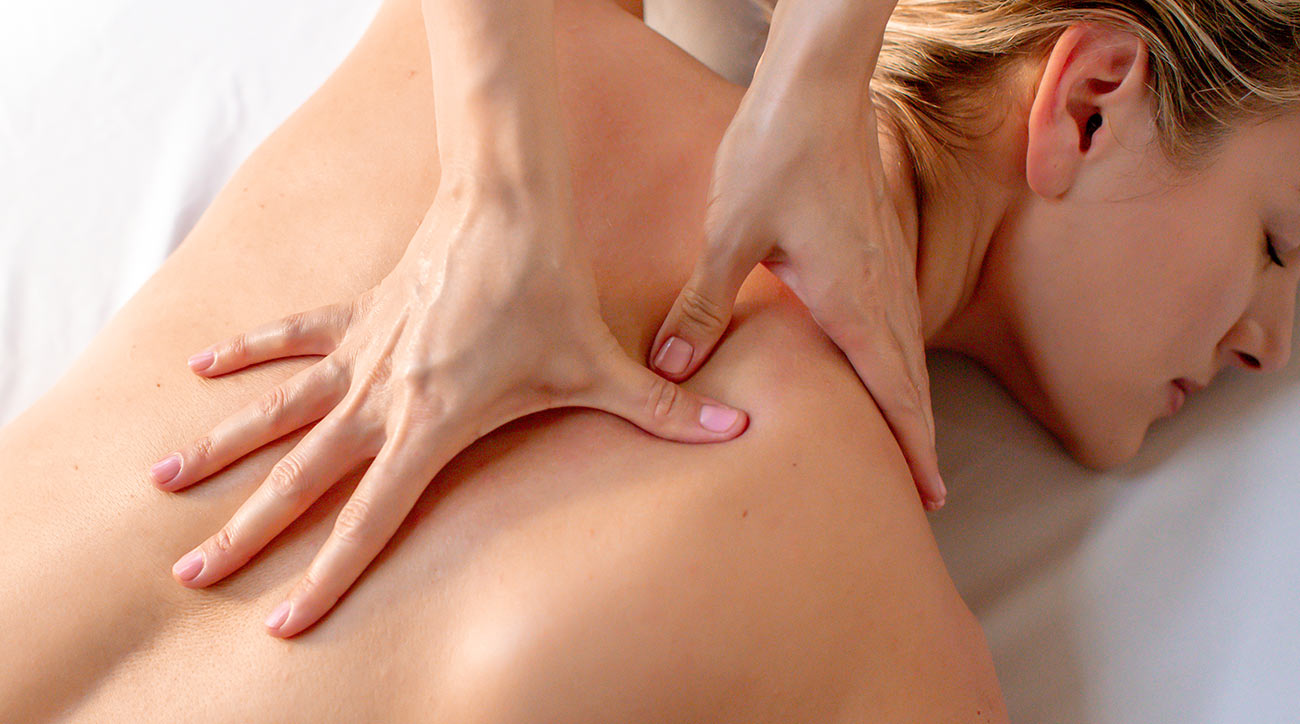
9. Prenatal massage
Prenatal massage is a type of massage therapy that is specifically designed for pregnant women. It can help to relieve a variety of discomforts that are common during pregnancy, such as back pain, leg cramps, and fatigue. Prenatal massage can also help to improve sleep and reduce stress levels.
How prenatal massage works
Prenatal massage typically involves gentle, rhythmic strokes that are applied to the back, neck, shoulders, arms, and legs. The therapist may also use some special techniques, such as acupressure, to help relieve specific discomforts.
Benefits of prenatal massage
Prenatal massage has been shown to offer a number of benefits, including:
- Reduces back pain: Prenatal massage can help to relieve back pain by releasing tension in the muscles and improving flexibility.
- Relieves leg cramps: Prenatal massage can help to relieve leg cramps by improving blood flow to the legs.
- Reduces fatigue: Prenatal massage can help to reduce fatigue by promoting relaxation and improving sleep.
- Improves sleep: Prenatal massage can help to improve sleep by reducing pain, stress, and anxiety.
- Reduces stress: Prenatal massage can help to reduce stress by promoting relaxation and releasing endorphins, which are natural painkillers.
Who should get prenatal massage
Prenatal massage is generally safe for most pregnant women. However, it is important to talk to your doctor before getting prenatal massage if you have any medical conditions, such as high blood pressure, preeclampsia, or placenta previa.
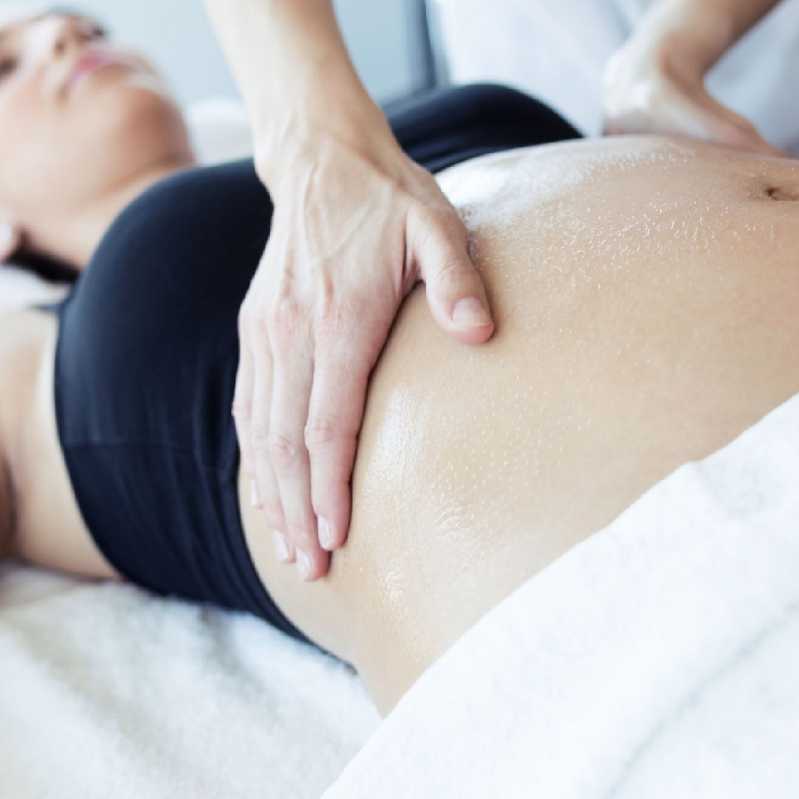
Aftercare
You may feel relaxed and refreshed after a prenatal massage. However, you may also experience some soreness, which is normal and should go away within a few days. Here are some tips for getting the most out of your prenatal massage:
- Find a qualified prenatal massage therapist: It is important to find a massage therapist who is experienced in prenatal massage and who has a good understanding of pregnancy.
- Tell your massage therapist about your pregnancy: Let your massage therapist know how far along you are in your pregnancy and any discomforts you are experiencing. This will help them to tailor the massage to your specific needs.
- Be honest about your pain level: Tell your massage therapist if you are feeling any pain during the massage. They will adjust the pressure accordingly.
- Drink plenty of fluids after your massage: This will help to flush out toxins and promote healing.
10. Thai massage
Traditional Thai Massage (TTM), also known as Nuad Phaen Boran, is an ancient healing art that originated in Thailand over 2,500 years ago. It is a holistic approach to wellness that combines elements of yoga, acupressure, and massage to promote relaxation, improve flexibility, and enhance overall well-being.
What is Traditional Thai Massage like?
TTM is typically performed on a mat on the floor, with the client wearing loose-fitting clothing. The massage therapist uses their hands, elbows, knees, and feet to apply a variety of techniques, including:
- Passive stretching: The therapist gently stretches the client’s muscles and joints, increasing flexibility and range of motion.
- Deep pressure: The therapist applies firm pressure to specific points along the body’s energy lines, or “sen.” This helps to release tension, improve circulation, and stimulate the body’s natural healing processes.
- Rocking and swaying: The therapist uses rhythmic movements to stimulate the flow of energy throughout the body.
- Meditation and relaxation techniques: The massage may also incorporate breathing exercises, meditation, and mindfulness practices to promote deep relaxation and mental clarity.
Benefits of Traditional Thai Massage
TTM offers a wide range of potential benefits, including:
Reduced stress and anxiety: The deep relaxation produced by TTM can help to alleviate stress, anxiety, and tension.
- Improved flexibility and range of motion: The stretching and pressure techniques used in TTM can help to improve flexibility, reduce pain, and prevent injury.
- Enhanced circulation and lymphatic drainage: TTM can help to improve circulation, reduce swelling, and remove toxins from the body.
- Reduced muscle tension and pain: TTM can help to release muscle tension, improve posture, and relieve pain, particularly in the back, shoulders, and neck.
- Improved sleep quality: The relaxation and stress reduction benefits of TTM can help to improve sleep quality and promote restful sleep.
- Overall well-being: TTM can contribute to a sense of overall well-being, improved energy levels, and a more balanced and healthy lifestyle.
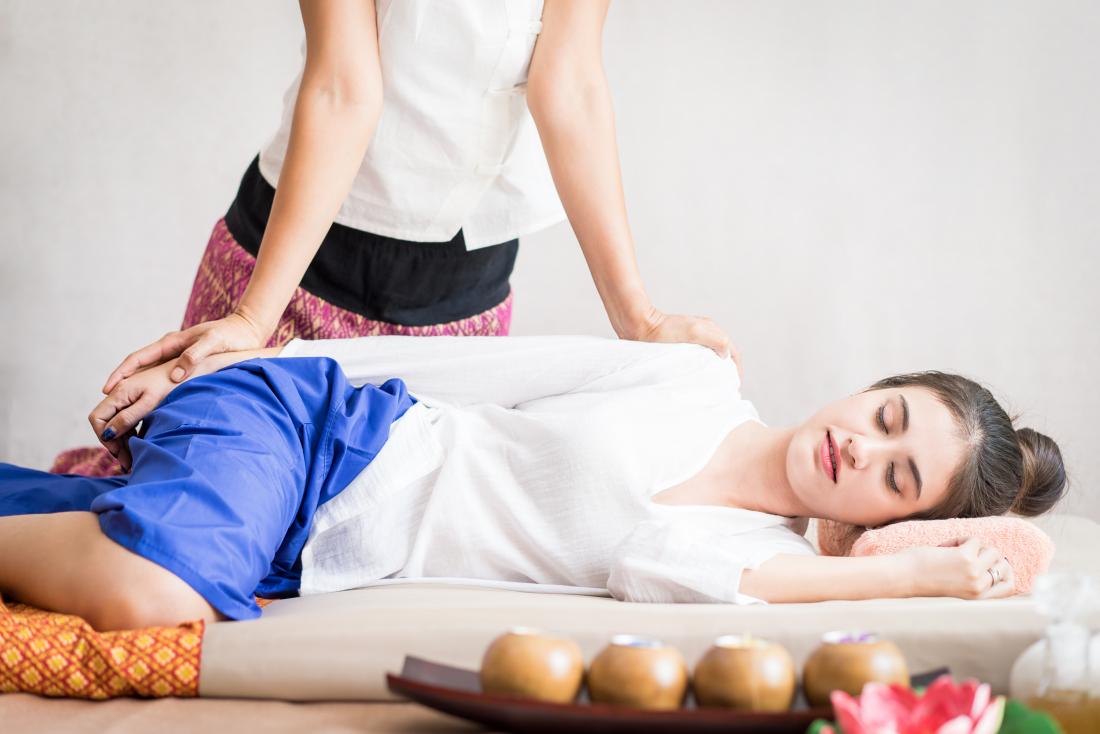
Who can benefit from Traditional Thai Massage?
TTM is a safe and effective form of massage that can be enjoyed by people of all ages and fitness levels. It is particularly beneficial for those who are:
- Chronically stressed or anxious
- Experience muscle tension or pain
- Limited in range of motion
- Seeking a holistic approach to wellness
11. Couples massage
Couples massage, also known as tandem massage, is a type of massage therapy that is designed to be enjoyed by two people at the same time. It is a great way for couples to relax, connect, and improve their physical and emotional well-being.
How couples massage works
Couples massage is typically performed on two massage tables that are placed next to each other. The massage therapists will work simultaneously on both partners, using a variety of techniques to promote relaxation and release tension. These techniques may include:
- Loving touch: Massage therapists will use gentle, rhythmic strokes to massage the muscles and skin.
- Acupressure: Massage therapists will apply pressure to specific points on the body, known as acupressure points, to help improve circulation, promote relaxation, and relieve pain.
- Stretching: Massage therapists will gently stretch the muscles and joints to improve flexibility and range of motion.
Benefits of couples massage
Couples massage has been shown to offer a number of benefits, including:
- Improved communication: Couples massage can help couples to communicate better with each other and express their needs and desires.
- Increased intimacy: Couples massage can help couples to feel closer and more connected to each other.
- Reduced stress: Couples massage can help to reduce stress, anxiety, and tension.
- Improved sleep: Couples massage can help to improve sleep quality and reduce insomnia.
- Increased energy levels: Couples massage can help to increase energy levels and improve overall well-being.
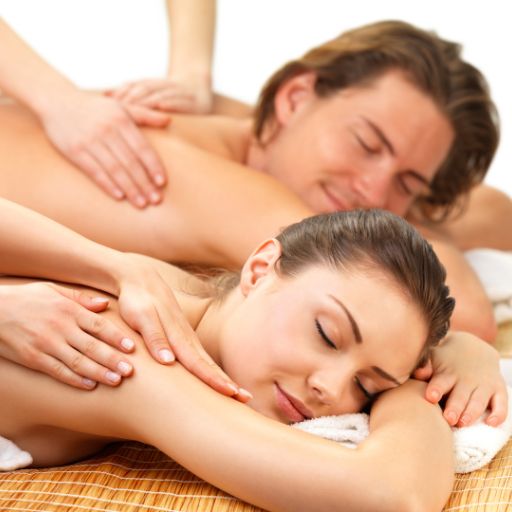
Who should get couples massage
Couples massage is a great option for couples of all ages and backgrounds. It is particularly beneficial for couples who are looking to:
- Improve their relationship: Couples massage can help couples to strengthen their bond and connect on a deeper level.
- Relieve stress: Couples massage can help couples to manage stress and improve their overall well-being.
- Recharge and reconnect: Couples massage can be a great way for couples to relax, de-stress, and reconnect with each other.
12. Chair massage
Chair massage is a type of massage therapy that is performed while you are seated in a specially designed massage chair. It is a convenient and portable option that can be enjoyed almost anywhere, such as at an office, airport, or even your own home.
How chair massage works
Chair massage uses a variety of techniques to release tension and promote relaxation in the upper body, including:
- Swedish massage: This involves using long, flowing strokes to massage the muscles and skin.
- Shiatsu massage: This involves applying pressure to specific points on the body, known as acupressure points, to promote relaxation and relieve pain.
- Myofascial release: This involves applying gentle pressure to release tension in the fascia, a connective tissue that surrounds muscles and organs.
- Trigger point therapy: This involves applying pressure to specific points in muscles that are causing pain.
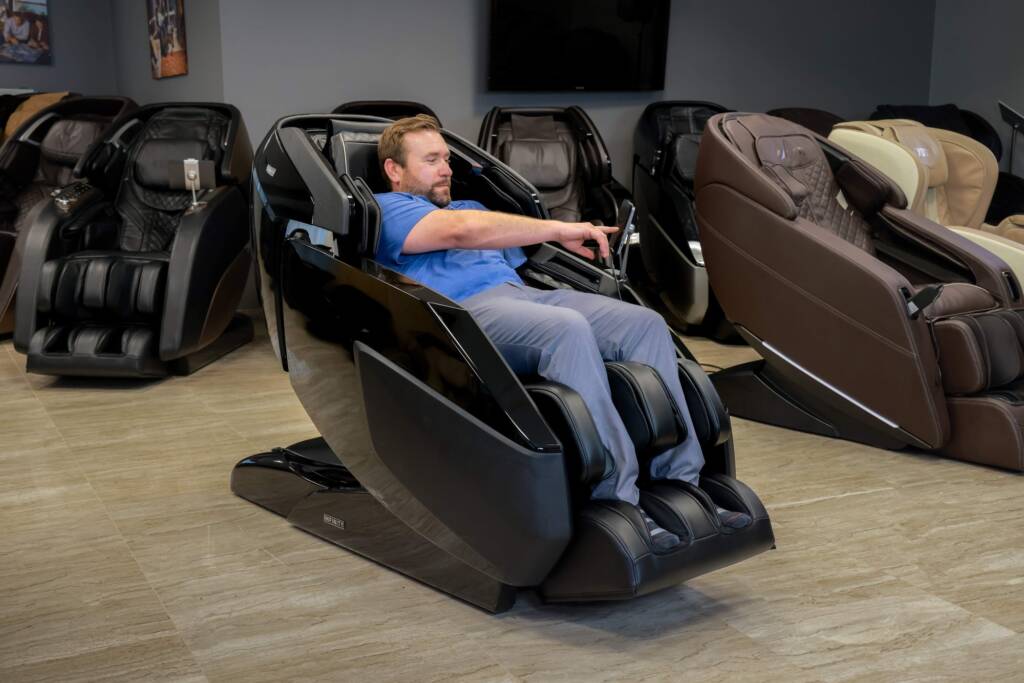
How to avoid skin dryness | 14 easy way to help your skin
Benefits of chair massage
Chair massage offers a number of benefits, including:
- Reduced stress: Chair massage can help to reduce stress, anxiety, and tension.
- Improved circulation: Chair massage can help to improve circulation and reduce inflammation.
- Increased flexibility: Chair massage can help to increase flexibility and range of motion.
- Reduced muscle pain: Chair massage can help to reduce muscle pain and stiffness.
- Improved mood: Chair massage can help to improve mood and reduce fatigue.
Who should get chair massage
Chair massage is a great option for people of all ages and fitness levels. It is particularly beneficial for people who:
- Are on the go and need a quick massage break.
- Have tight muscles or muscle pain.
- Are feeling stressed or anxious.
- Want to improve their overall well-being.
Know more about Studio Yasi services
Conclusion
In conclusion, massages serve as a time-honored and diverse therapeutic practice that spans various cultures and traditions. Whether for relaxation or addressing specific health concerns, massages offer a range of benefits, including stress reduction, pain relief, improved circulation, and enhanced overall well-being. The art and science of massage continue to evolve, with practitioners adapting and refining techniques to meet the diverse needs of individuals. As a valuable component of holistic healthcare and self-care routines, massages contribute to the promotion of physical, mental, and emotional balance.

FAQs
Massage therapy is a holistic health care approach that involves applying pressure to the soft tissues of the body, including muscles, tendons, and ligaments. It is used to promote relaxation, reduce pain, improve circulation, and enhance overall well-being.
There are many different types of massage therapy, each with its own specific techniques and benefits. Some of the most common types of massage therapy include:
- Swedish massage: This is a general massage technique that involves using long, flowing strokes to relax the muscles and improve circulation.
- Shiatsu massage: This is an ancient Japanese massage technique that involves applying pressure to specific points on the body, known as acupressure points.
- Myofascial release: This is a massage technique that focuses on releasing tension in the fascia, a connective tissue that surrounds muscles and organs.
- Trigger point therapy: This is a massage technique that involves applying pressure to specific points in muscles that are causing pain.
- Deep tissue massage: This is a massage technique that uses deep pressure to reach the deeper layers of muscle and connective tissue.
Massage therapy has been shown to offer a number of benefits, including:
- Reduced stress and anxiety: Massage therapy can help to reduce stress and anxiety by promoting relaxation and releasing endorphins, which are natural painkillers.
- Improved sleep: Massage therapy can help to improve sleep quality by reducing pain, stress, and anxiety.
- Reduced pain: Massage therapy can help to reduce pain by releasing muscle tension, improving circulation, and reducing inflammation.
- Improved flexibility and range of motion: Massage therapy can help to improve flexibility and range of motion by stretching and loosening muscles and joints.
- Enhanced athletic performance: Massage therapy can help to enhance athletic performance by improving flexibility, range of motion, and circulation.
Massage therapy is a safe and effective treatment for people of all ages and fitness levels. It is particularly beneficial for people who:
- Are experiencing stress or anxiety
- Are suffering from pain
- Have limited flexibility
- Are athletes or active individuals
- Are looking for a way to relax and de-stress
When choosing a massage therapist, it is important to find someone who is experienced, qualified, and licensed in your state. You can ask your friends, family, or doctor for recommendations, or you can search online for massage therapists in your area.
Before your massage, your therapist will ask you about your health history and any specific concerns you have. They will also ask you about your desired pressure level and any areas that you would like to avoid. During the massage, your therapist will use their hands, elbows, or forearms to apply pressure to your muscles and connective tissue. They will adjust the pressure and techniques based on your feedback.
After your massage, it is important to drink plenty of fluids and get some rest. You may also experience some soreness, which is normal. This soreness should go away within a few days.
- Choose a therapist who is experienced, qualified, and licensed.
- Let your therapist know about any health conditions or injuries that you have.
- Tell your therapist about your desired pressure level and any areas that you would like to avoid.
- Communicate with your therapist throughout the massage.
- Drink plenty of fluids and get some rest after your massage.
